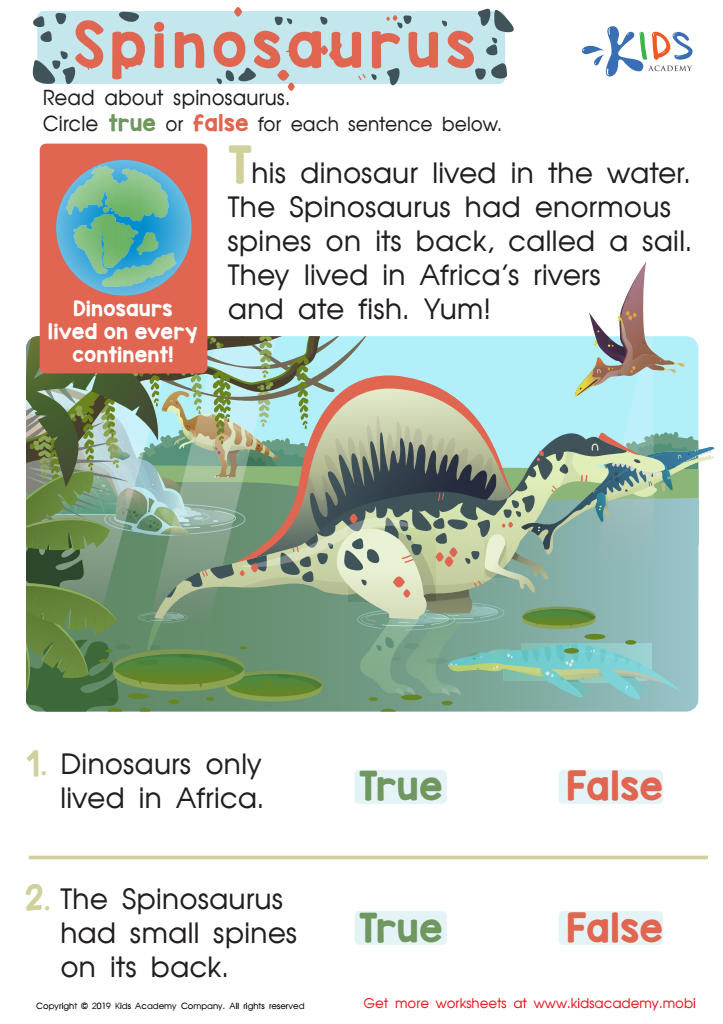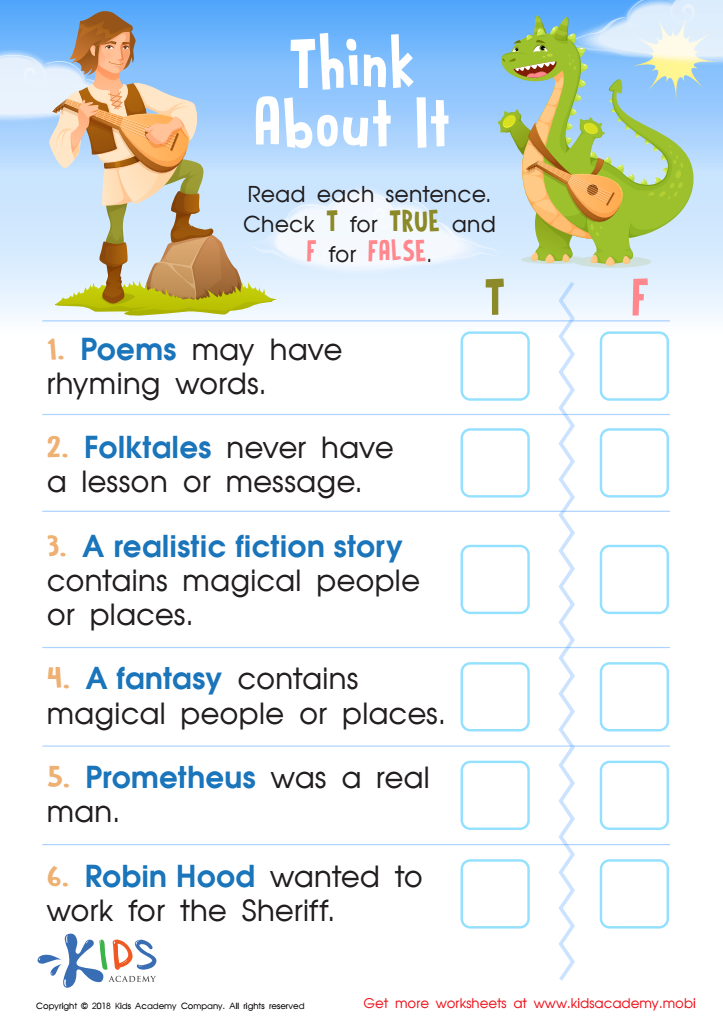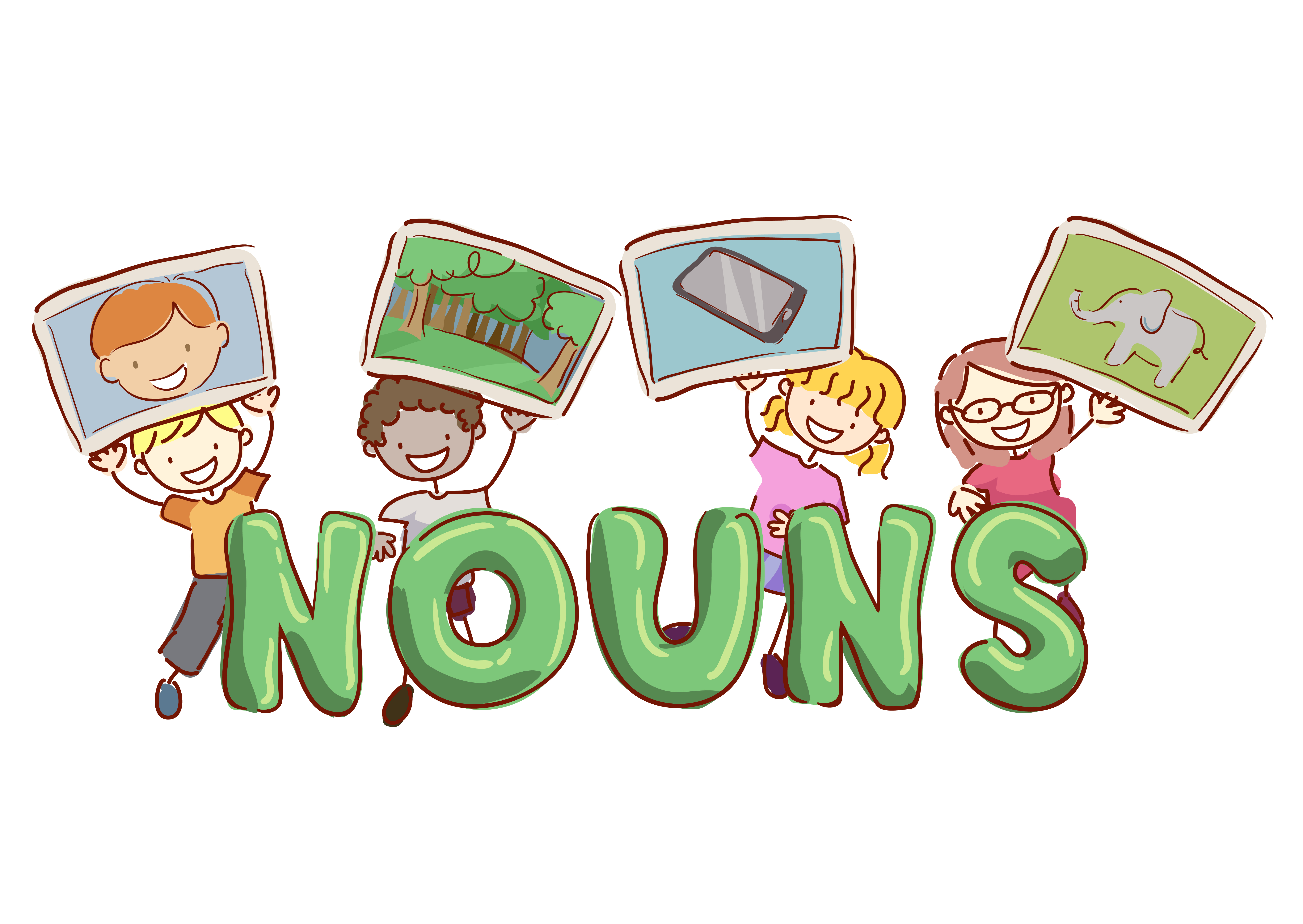Reading Comprehension worksheets activities for 9-Year-Olds
2 filtered results
-
From - To


Spinosaurus Assessment Worksheet


Think About It: Assessment Worksheet
Reading Comprehension worksheets activities play a crucial role in nurturing a learner’s ability to understand and process written information efficiently. These activities are not just about reading words on a page; they are designed to foster a deep understanding of texts, enabling students to analyze, infer, and extract meaningful insights. In today’s information-rich world, the importance of developing strong reading comprehension skills cannot be understated, and here’s why these worksheets are invaluable tools in this endeavor.
Firstly, Reading Comprehension worksheets activities are structured in a way that challenges learners to go beyond mere skimming of texts. They encourage students to dive deeper into the material, asking critical questions and seeking answers within the lines and between them. This active engagement with the text enhances retention and facilitates a more profound learning experience.
Moreover, these activities are incredibly versatile, catering to a wide range of age groups, skill levels, and interests. Whether it's a young child starting to piece together narratives or an older student analyzing complex literary themes, Reading Comprehension worksheets provide tailored content that meets learners where they are, helping to build confidence and competence step by step.
Another significant advantage is the way these worksheets teach students to identify key ideas and themes, compare and contrast information, and understand cause and effect relationships within the texts. These skills are not only fundamental for academic success across various subjects but are also critical for navigating the vast amount of information encountered in everyday life.
Furthermore, Reading Comprehension worksheets activities often incorporate engaging topics and diverse genres, making reading an enjoyable and stimulating experience. This not only helps in maintaining students’ interest but also in broadening their perspectives and understanding of the world.
In summary, Reading Comprehension worksheets activities are essential tools in developing literate, informed, and critically thinking individuals. Through structured practice, engaging content, and skill-specific challenges, these activities equip learners with the capability to understand and interact with the written word in sophisticated and meaningful ways.
 Assign to the classroom
Assign to the classroom




.jpg)







